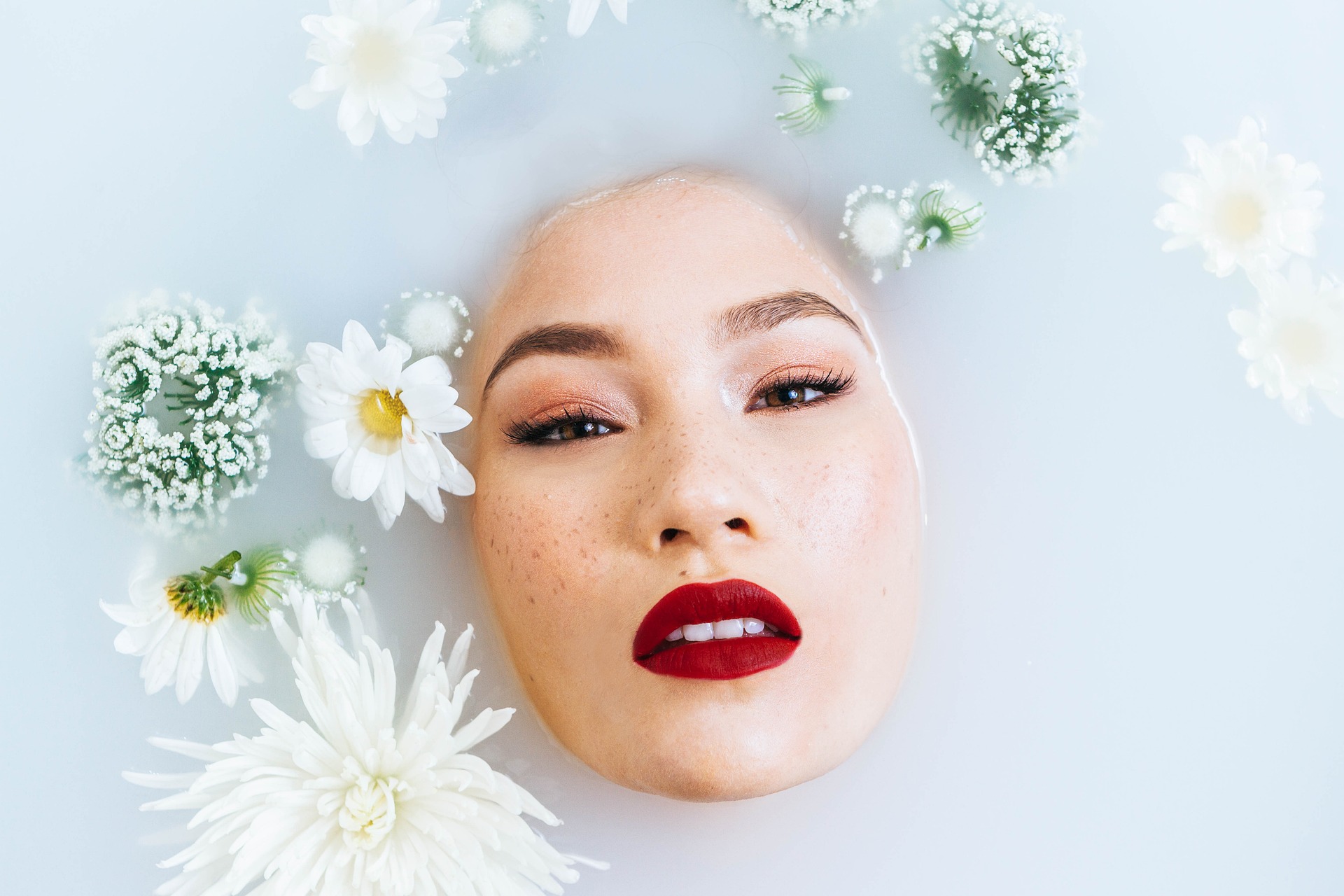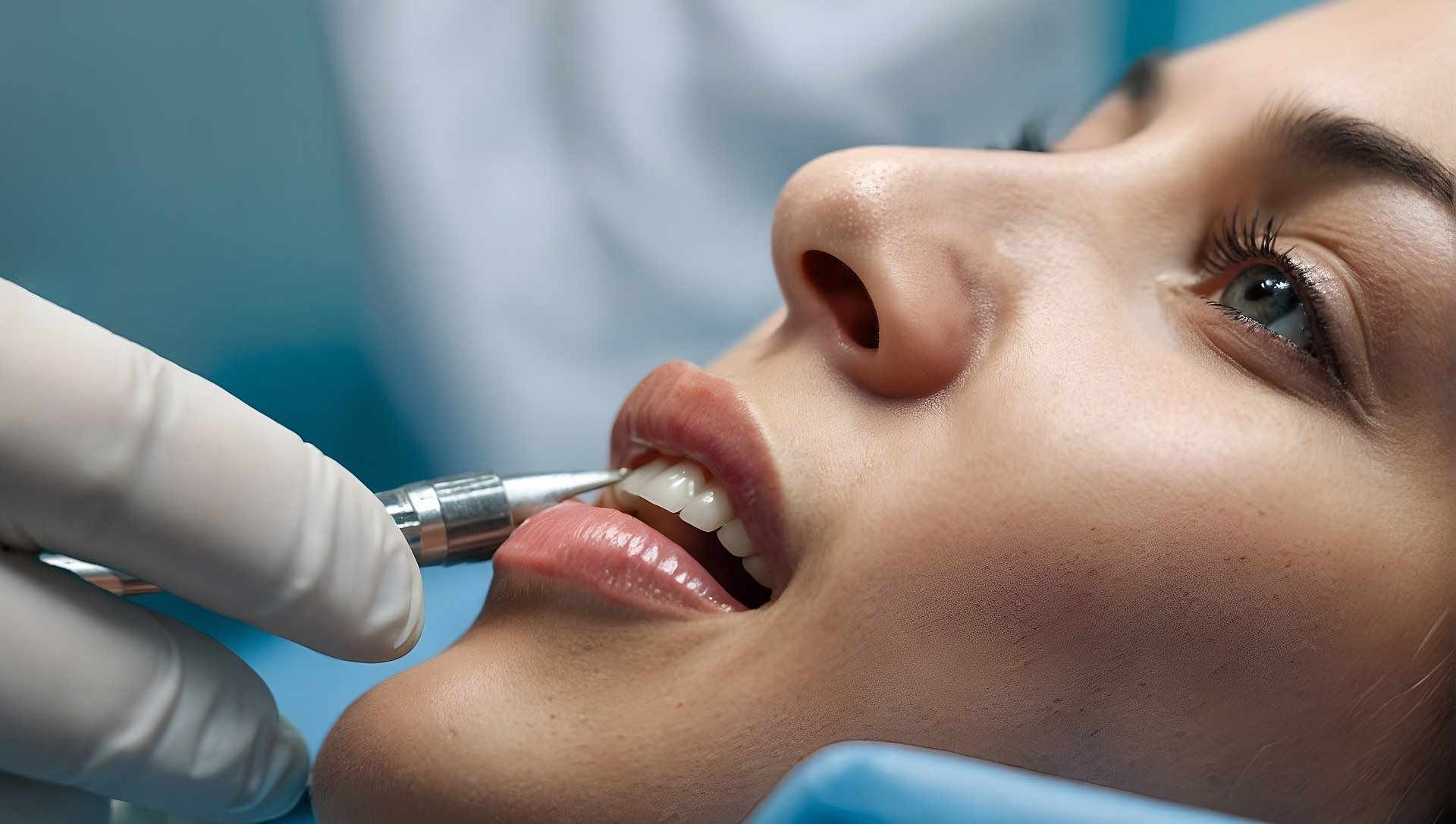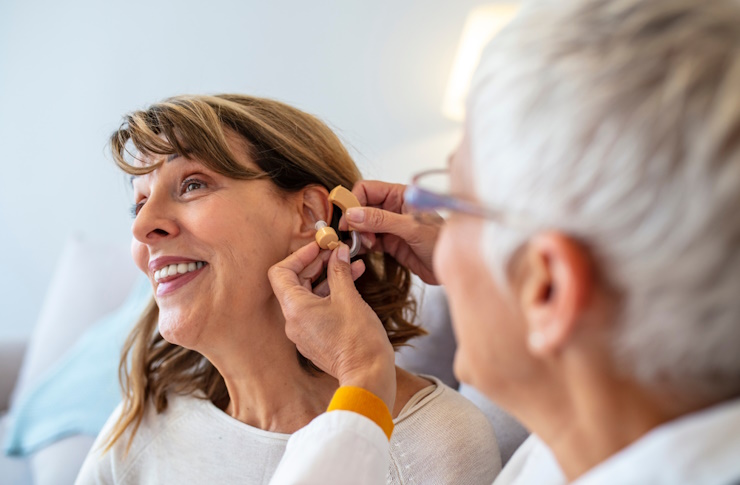Turning Back the Time: The Evolution and Impact of Anti-Aging Treatments
As we journey through life, the passage of time inevitably leaves its mark on our bodies. One conspicuous area of this change is our skin, where the signs of aging often first become visible. This has sparked human fascination and pursuit of youth preservation, leading to the evolution of an array of anti-aging treatments. This article delves into the historical context, key developments, and current trends in the anti-aging industry, presenting a comprehensive overview of this fascinating field.

Tracing the Roots: The History of Anti-Aging Treatments
The quest for eternal youth is as old as humankind itself. From the ancient Egyptians’ use of oils and balms to the Greeks’ honey and milk baths, different cultures have concocted their own versions of anti-aging remedies. However, it was not until the late 19th century that the first scientifically recognized anti-aging treatment emerged: the use of estrogen to rejuvenate the skin. This milestone paved the way for the development of modern anti-aging products and treatments.
The Turn of the Century: The Emergence of Modern Anti-Aging Solutions
As science and technology advanced in the 20th century, so did the anti-aging industry. The introduction of Retin-A in the 1970s revolutionized the industry, offering a clinically proven, effective treatment for wrinkles. This was followed by the development of chemical peels, laser resurfacing, botox, and fillers. These treatments offered more potent and targeted solutions, helping to shape the anti-aging industry as we know it today.
Riding the Wave of Innovation: Current Trends in Anti-Aging Treatments
Today’s anti-aging market is characterized by a blend of science and nature. While high-tech treatments like microneedling and radiofrequency skin tightening continue to be popular, consumers also gravitate towards natural and organic products. Additionally, there’s a growing emphasis on prevention over correction, with younger consumers investing in sun protection and antioxidant-rich products to delay the signs of aging.
The Power of Anti-Aging Treatments: Benefits and Industry Impact
Anti-aging treatments not only help individuals look younger and feel more confident, but they also drive significant economic activity. The global anti-aging market was valued at $58.5 billion in 2020 and is projected to grow to $83.2 billion by 2027. This growth is fueled by increased consumer awareness, advancements in technology, and an aging global population.
Future Perspectives: The Road Ahead for Anti-Aging Treatments
As we look towards the future, the anti-aging industry is set to further evolve. With advancements in genomics and personalized medicine, customized anti-aging treatments could become the norm. Additionally, as the understanding of the gut-skin axis deepens, the role of diet and probiotics in skin health could gain prominence.
In conclusion, the anti-aging industry has come a long way, transforming from ancient home remedies to scientifically advanced treatments. As we continue to strive for youth and beauty, this industry remains poised for further growth and innovation. Regardless of the developments, the message remains clear: aging is a natural part of life, but that doesn’t mean we can’t age gracefully and beautifully.




